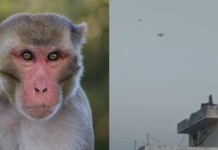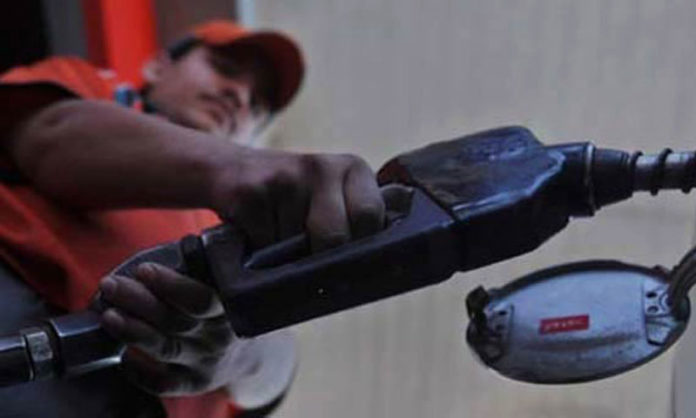Despite around 13 per cent decline in consumption, the federal government collected about 18pc higher taxes on oil and gas products during first quarter (July-September) of this fiscal year mainly because of higher rates.
Total revenue collection from oil and gas sector in the first quarter amounted to about Rs186 billion, compared to about Rs158bn in same period last year.
The quarterly data released by the Ministry of Finance reported proceeds of about Rs99.5bn this year on account of Gas Infrastructure Development Cess (GIDC), Gas Development Surcharge (GDS), petroleum levy, discount retained on crude oil, royalties on oil and gas and windfall levy against crude oil.
When compared with same quarter of last fiscal year, all these revenue heads had generated about Rs83bn. As such, the collection from these six categories increased by 20.2pc year-on-year during the period.
In addition, the government also collected about Rs87bn on petroleum products like diesel and petrol in 1QFY20 on account of general sales tax, versus Rs75bn in corresponding quarter last year, according to official sources.
Petroleum ministry officials said the consumption of petroleum products had declined by well over 13pc in the first quarter and major reduction was caused by 30pc slump in furnace oil and about 16pc in high speed diesel (HSD).
They explained that furnace oil consumption dropped primarily because of cheaper alternate fuels but diesel demand had plummeted mainly due to higher prices and relative economic slowdown.
The finance ministry reported that major increase in revenue collection came about on account of petroleum levy that amounted to Rs65bn in the first quarter, as compared to Rs45bn in same period last year — showing a rise of 45pc. This was mainly attributed to the changed strategy of federal government to raise more taxes through petroleum levy for being purely a federal tax.
Over the last year, the government has started increasing petroleum levy rates because it remains in the federal kitty unlike GST that goes to the divisible pool taxes and thus about a 57pc share is grabbed by provinces.
Conversely, the GIDC plummeted by almost 55pc to Rs2.72bn in 1QFY20 while the GDS declined by about 33pc to Rs1.7bn, from Rs2.54bn in same period last year.
On the other hand, discount retained on crude oil amounted to Rs3.7bn during the period, versus Rs3.144bn in same months last year, showing an increase of 19.35pc. The royalties on oil and gas and windfall levy against crude oil moved in a close range.
The royalties this year amounted to Rs23.77bn, compared to Rs23.64bn and windfall on crude dropped Rs1.965bn in 1QFY20, from Rs2.08bn.
These figures do not include provincial tax collections through oil and gas and taxes arising out of the value addition to oil products, such as power generation that is almost 70pc dependant on furnace oil, liquefied natural gas and natural gas.
The government has already increased general sales tax on all petroleum products to standard rate of 17pc across the board to generate additional revenues. Until January, it was charging 0.5pc GST on light diesel oil (LDO), 2pc on kerosene, 8pc on petrol and 13pc on HSD.
Besides the 17pc GST, the government has more than doubled the rate of petroleum levy on HSD in recent months to Rs18 per litre, instead of Rs8, while levy on petrol had also been increased by 50pc to Rs15per litre, from Rs10.
Meanwhile, petroleum levy on kerosene oil and LDO remains unchanged at Rs6 and Rs3 per litre, respectively.
The finance ministry’s data recorded improvement revenue to GDP ratio. It said the total revenue stood at 3.4pc of GDP in first quarter, as against 2.9pc last year. This was, however, mainly because of higher recoveries on non-tax revenues amounting to 0.8pc of GDP, as against 0.3pc last year. On the other side, tax revenue slightly increased to 2.6pc, as against 2.5pc last year.
Total expenditure was also contained at 4pc of GDP in the first quarter, when compared to 4.3pc mainly because of reduction in current expenditure that stood at 3.6pc, down from 3.9pc. Mark-up payments and defence expenses remained unchanged at 1.3pc and 0.3pc of GDP.
The budget deficit, therefore, came in at 0.7pc of GDP in the first quarter this year — half of 1.4pc in same period last year.!






























